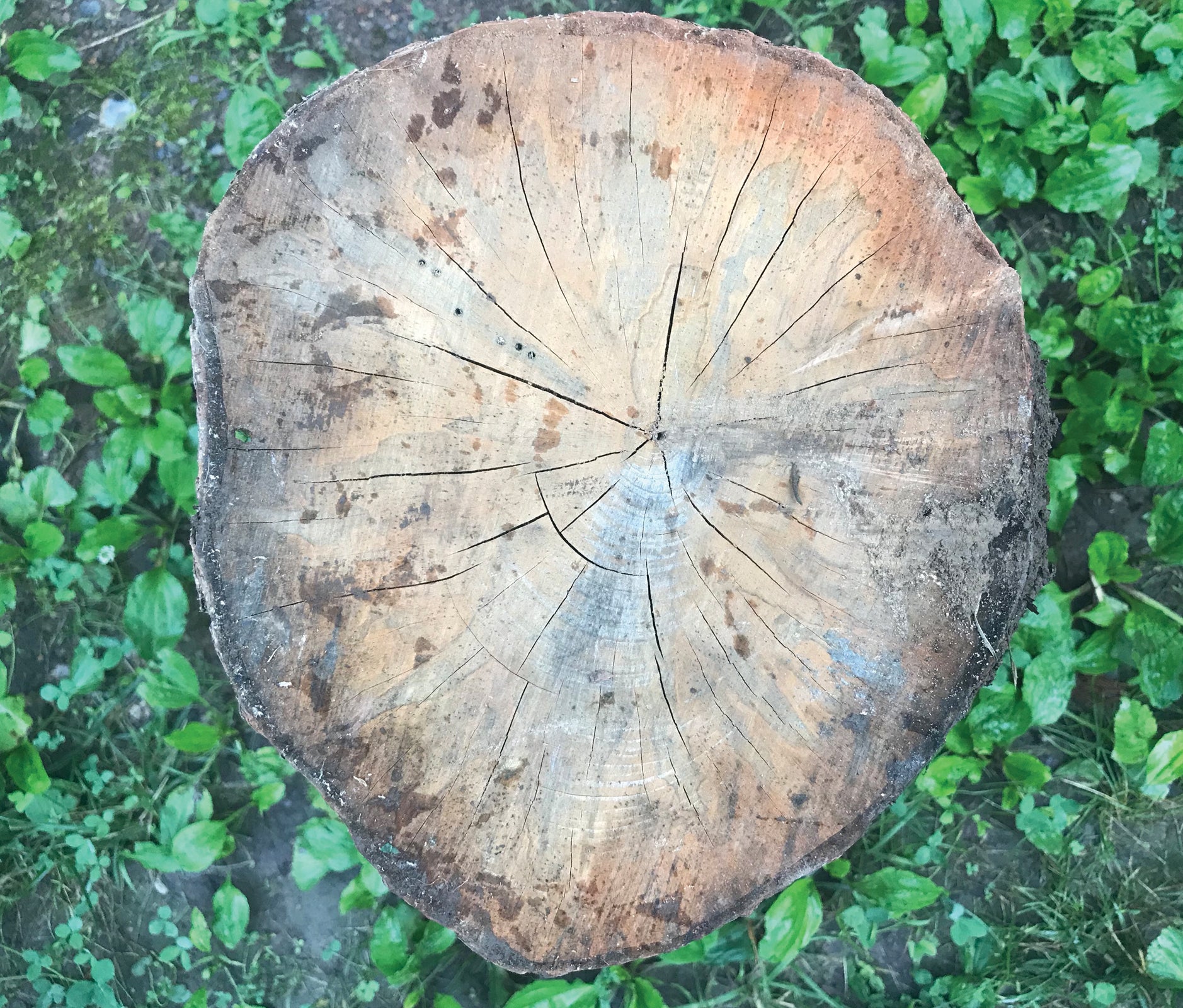Navigating with nature
Published 10:34 pm Sunday, June 17, 2018
BY CRAIG CAUDILL
I often hear people say moss always grows on the north side of trees. It doesn’t.
As you have already deduced in my past columns, I am an advocate for people going outside and observing what is around them. There is so much amazing stuff outside it boggles my mind every single day.
I wanted to cover a few ways you can use nature to determine a general sense of direction and to explain why many people believe moss grows on the north side of trees.
There are many ways we can get a general sense of direction utilizing nature.
For my Winchester friends reading this, let’s first get a sense of where we are in relation to other cities surrounding us. If you stand at the courthouse and start walking the four cardinal directions you will eventually make it to the following cities: north to Paris, east to near Mount Sterling, south to near Richmond and west to near Lexington.
Now that we have that very general sense of direction, let’s take a walk in the woods and see what we can find.
Would you believe I can look at a stump and possibly tell you a general sense of direction? Here is how you can do it, too.
Trees require sunlight to grow. Trees in a forest will reach and strain to get any sunlight they can coming through the upper canopy of leaves and branches.
You most likely already know the sun “rises” in the east and sets in the west. Since we live in the Northern hemisphere, the sun does this in the southern sky. That means the side of trees facing south will get more sunlight. This means the rings on the south side of a tree will be slightly thicker than others.
If you come across a stump in the woods, take a look at it and see which side of tree is thicker. That side is most likely, but not always, the south side of the tree.
As we keep walking, we may come across some moss on a tree. Now that I have told you it does not always grow on the north side of trees, let’s investigate why I can confidently say that.
The first reason is I spend a portion of nearly every day outside. I pay attention to my surroundings and investigate and test ideas and theories on a range of topics.
When I started studying moss, it became apparent moss really enjoys being moist. When it is not moist, it does not thrive. Since we already know the sun is in the southern sky, this means moss will get less sunlight if it resides on the north side of a tree. Therefore, it most often grows there, in the shadow of tree.
The issue with this in a forest, is because other trees are in the area, shadows are cast in a lot of places on the forest floor. You can find moss growing on the north, south, east or west side of tree simply because that may be where the shadows are cast.
If you have a tree growing solo in an open field with no other shadow-casters about, then, yes, you will most likely find moss on the north side of that tree.
The crescent moon is a good communicator of direction. Look closely and you will notice a crescent moon looks like it has a couple of horns. These are the pointy ends that are visible. Draw a straight line from the top horn, through the tip of the bottom horn and the continue that line to the horizon. Where that line intersects the horizon is south. How about that? Pretty cool, huh?
There, you have three things that you need to check out the next time you get outside, day or night.
If you don’t have a reason to go outside, do it anyway.
Check these natural navigation methods out and see what else you can discover.
If you do that, I will most likely see you on, or off, the trail.
Craig Caudill is the director of Nature Reliance School and author of Extreme Wilderness Survival and Ultimate Wilderness Gear. Please feel free to contact Craig at info@naturereliance.org or through any of the various social media platforms available.






